NEW DELHI, April 14 – A 2018 speech by Chinese President Xi Jinping has resurfaced on social media amid the latest escalation in the US-China trade war. The video clip features Xi’s metaphor comparing China’s economy to a vast sea rather than a small pond, highlighting its resilience and scale, according to an article in Business-Standard.com.
“The Chinese economy is a sea, not a pond. Storms can overturn a pond, but never a sea,” President Xi Jinping said at the opening ceremony of the first China International Import Expo in Shanghai.
At the time, Xi pledged to further open China’s economy while defending economic globalisation. He emphasised that globalisation was an “irreversible historical trend” and criticised protectionist policies, a veiled reference to then and now US President Donald Trump’s trade policies.
The 2017-18 US-China trade war
Between April 2017 and August 2018, trade tensions between the US and China grew. In April 2017, Trump and Xi Jinping agreed on a 100-day plan to address the US trade deficit, but talks broke down by July. The US then began investigating China’s intellectual property theft, claiming it was costing $600 billion annually.
In January 2018, the US imposed a 30 per cent tariff on Chinese solar panels, while China retaliated in April with tariffs on $3 billion of US goods. By mid-2018, the situation escalated further, with both countries imposing tariffs on over $360 billion in trade.
China’s economic shift towards globalisation
Historically a closed economy, China’s economic liberalisation began in December 1978 under Deng Xiaoping’s ‘Reform and Opening-up’ policy. This strategic shift integrated China into the global economy, culminating in its 2001 accession to the World Trade Organization (WTO). In 2013, China launched its Belt and Road Initiative (BRI) to further expand its global trade network.
Despite these efforts, China has faced growing trade tensions, particularly with the United States. The Trump administration has now initiated a tariff war that severely impacted global trade, with both nations imposing retaliatory tariffs on each other’s goods.
Trump’s retaliatory tariffs and China’s counter
This week, the US-China trade war has reached unprecedented levels. Trump announced a 125 per cent tariff on Chinese imports, following a series of escalating tariffs between the two nations. The sequence of tit-for-tat measures saw the US initially imposing a 54 per cent tariff, China retaliating with 36 per cent, the US responding with 104 per cent, and China countering with 84 per cent. While Trump temporarily paused tariffs for many other nations, China was subjected to the latest increase.
China has engaged in high-level discussions with neighbouring countries, including South Korea and Japan, to strategise against the new tariffs. It has also initiated talks with Bangladesh and reached out to the European Union to strengthen trade alliances as the US intensifies its aggressive trade policies.
China also called on India to “stand together to overcome the difficulties.” In a post on X, the Chinese Embassy in India wrote, “China-India economic and trade relationships are based on complementarity and mutual benefit. Facing the US abuse of tariffs, which deprives countries, especially Global South countries, of their right to development.”

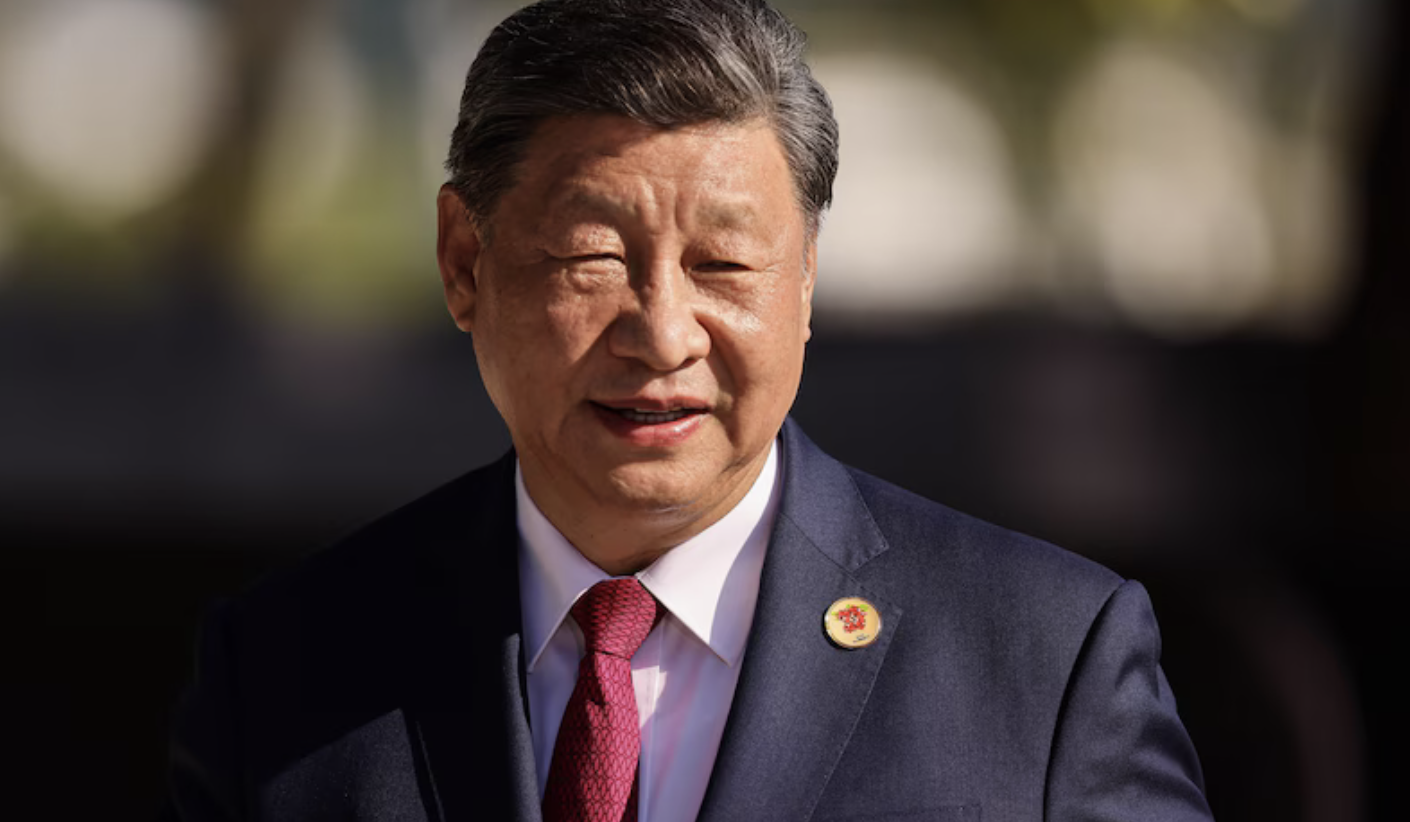
-加码-scaled.jpg)

-加码-scaled.jpg)






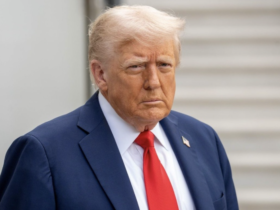
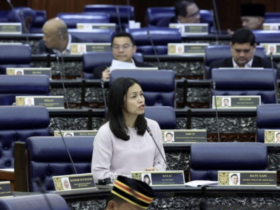

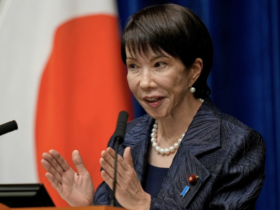
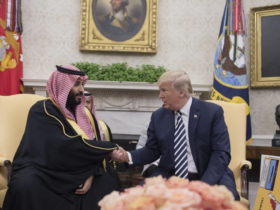





Leave a Reply